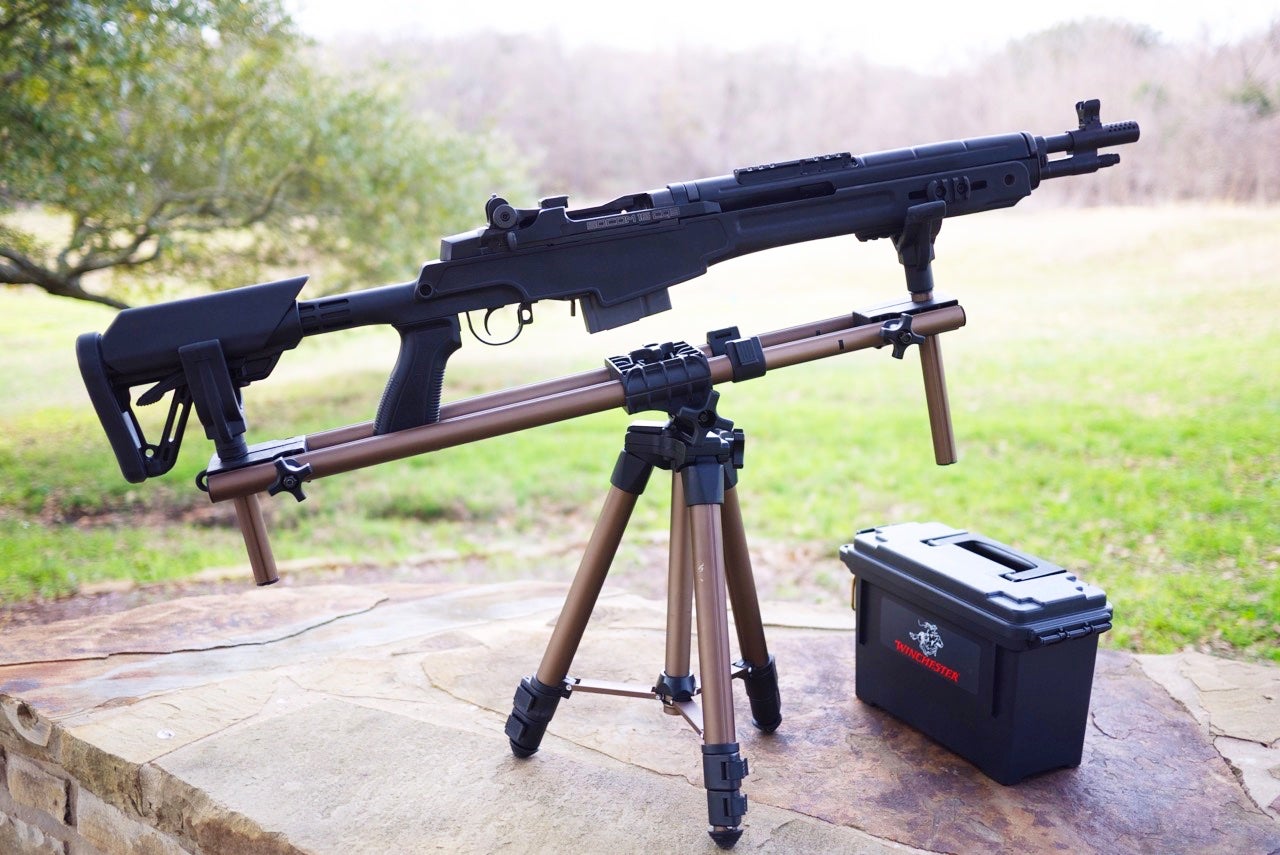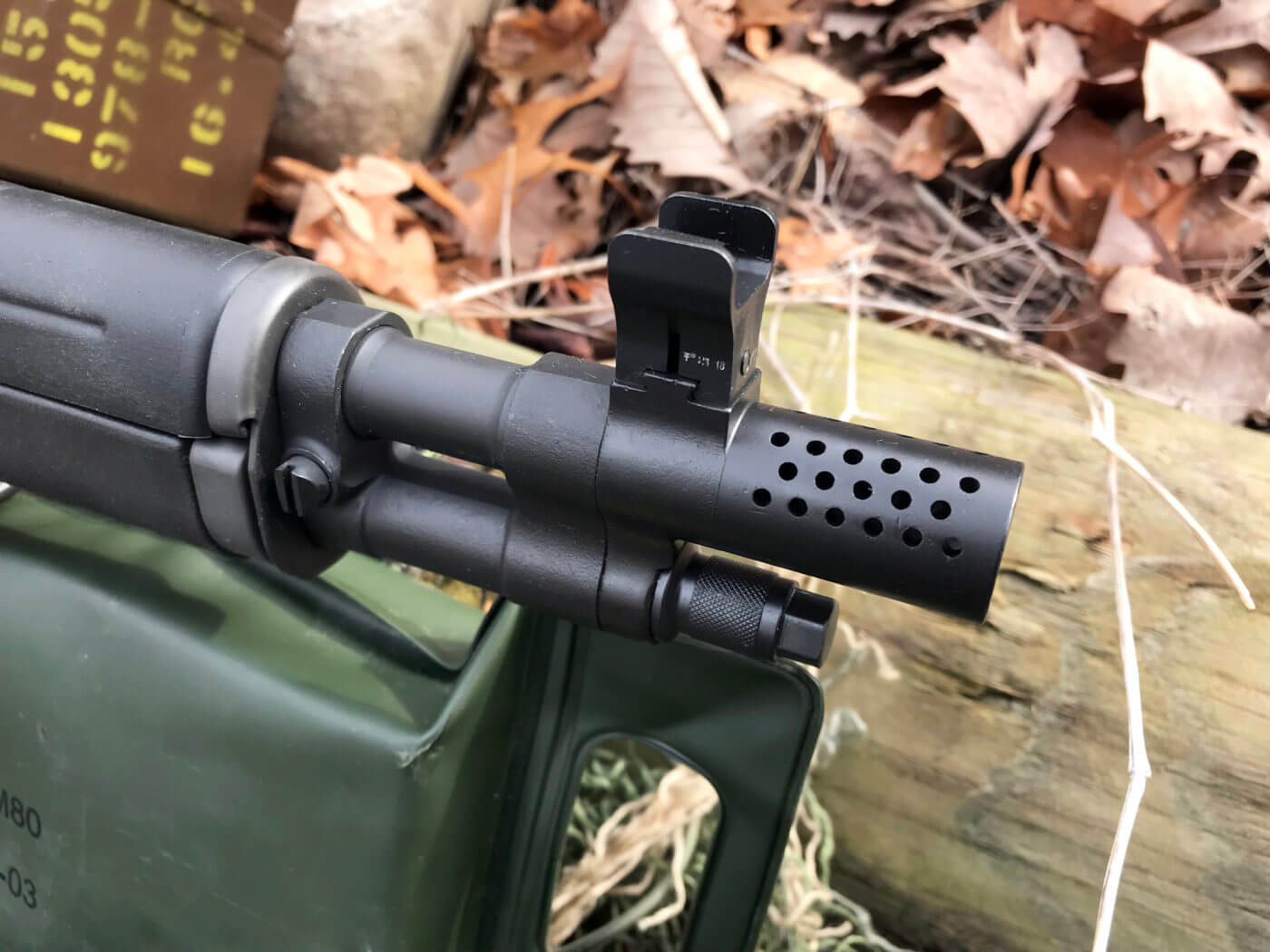

The weird ‘teacup’ fingers you’ve gotta do to keep your hand out of the way. The rifles are heavy and quite cumbersome – weighing in at 8lbs for the SOC16 and 10lbs for the National Match, both unloaded.īecause of the op-rod placement, you’re likely going to have to jump your support hand out way further than what feels natural if you’re used to firing modern carbines – otherwise, you’ll be in for quite a shitty surprise when the gun bites you. Ergonomicsįirst things first – in all honesty, these rifles are quite dated in terms of design ergonomics – as again, they’re civilian M14s, and the M14 was dated design-wise at the time even compared to the AK and FAL.Ĭonsidering you’ll be rocking the ergonomics of an 80 some odd-year-old rifle design, you can expect to feel out of place if you’re the type of dude that’s used to adjustable length of pull and a c-clamp style grip. The gun also has a scout style picatinny mount just forward of the action, allowing for the addition of red dots or scout scopes if that’s your jam. The National Match M1A is, according to Springfield, hand-built to win competitions. Springfield Armory was kind enough to send us both a National Match M1A and a SOCOM16 to try out for ourselves – and we hoped that by the end, we’d have enough insight to give you a reasonable everyman opinion.Ĭonsidering that you have folks claiming that these are sub MOA guns at 1,000 yards with irons on one side of the debate, and uhhhhh some nerd that won’t shutup about how the US should have adopted the FAL over the M14 on the other. We’ll just say this: The M14 and M1A have incredibly vocal supporters and detractors both – and if you have the misfortune of wading into Mekong Delta of that online shit-flinging fest, it’s probably going to be quite hard to discern how these guns actually perform in real life.

Why, with an ensuing internet argument, of course! *Creedence plays softly in the distance* What About Today?
#M1A SOCOM ACCURACY REVIEW FULL#
The gun was first fielded in Vietnam, and although 7.62 NATO proved great at punching through thick vegetation, the gun’s overall length was poorly suited for jungle warfare, it was basically uncontrollable in full auto, it’s wood stocks were subject to swelling from jungle humidity, which affected zero, and a DOD report found that the rifle overall was inferior to both the M1 Garand it descended from, and the soon to be introduced M16. The leading brilliant minds of the time legitimately saw a future in which the M14 would replace the M3 grease gun and Thompson submachine guns, the BAR as a squad automatic weapon, the Springfield 1903 as a marksman rifle, and the M1 Garand and M1 carbine – a total overhaul of the ammunition and parts needed to keep a squad well supplied and operational. The M14, in theory, would simplify the makeup of the weapons fielded by the standard American infantry squad. Assorted 7.62x51mm (MEN 147gr, PPU 165gr, PPU 180gr, Gold Medal 168grįast forward a bit past a lot of bureaucracy and a point where the US almost adopted the FN FAL, and finally we have NATO’s adoption of the 7.62x51mm cartridge as its official battle rifle round – and with it, the US adopted the M14 in the late 50s. 30 caliber, citing concerns over diminished stopping power. 280 cartridge out of concern for controllability in full auto, the US refused to adopt anything smaller than. While the countries in the newly formed North Atlantic Treaty Organization quickly agreed on a need to standardize small arms cartridges, a debate ensued over which exact cartridge that should be. Now, obviously the M1A is merely the civilian variant of the iconic M14, and the M14 itself is essentially only a slightly modified M1 Garand that was developed after WW2 to fill the niche for a fully automatic battle rifle.


 0 kommentar(er)
0 kommentar(er)
